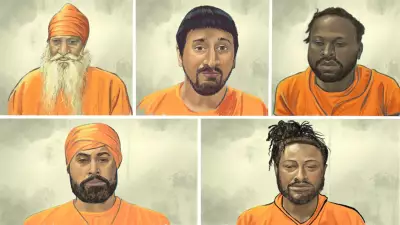
Renowned Canadian editorial cartoonist Tim Dolighan has once again captured the nation's political zeitgeist with his latest offering, delivering a sharp visual critique that cuts to the heart of one of Canada's most contentious policy debates.
Published on November 3, 2025, Dolighan's artwork continues his tradition of using biting satire to comment on current affairs, though the specific visual metaphor remains characteristically provocative. His cartoons have become essential viewing for Canadians seeking insightful, if sometimes uncomfortable, perspectives on the issues shaping their country.
The Art of Political Commentary
Political cartoons have long served as a powerful medium for social and political criticism, and Dolighan's work exemplifies this tradition. Through clever imagery and minimal text, these visual commentaries often communicate complex policy debates more effectively than lengthy articles.
What sets Dolighan apart is his ability to distill multifaceted political discussions into single, memorable images that resonate across the political spectrum. His November 3rd contribution continues this approach, offering Canadians a different lens through which to view ongoing policy discussions.
A Nation Divided on Policy
The timing of this cartoon coincides with ongoing debates about environmental policies and their economic impacts. Many Canadians find themselves caught between recognizing the need for climate action and worrying about the financial implications of various approaches.
Dolighan's visual commentary arrives at a moment when many households are feeling economic pressures from multiple directions, making climate policy discussions particularly charged. His artwork reflects the tension between environmental goals and practical economic concerns that many citizens experience daily.
The Power of Visual Satire
Unlike written editorials that present arguments through text, political cartoons like Dolighan's work on an emotional and intuitive level. They can challenge viewers' perspectives without requiring them to wade through complex policy analysis.
This particular cartoon joins a rich tradition of Canadian political satire that has historically influenced public opinion and sometimes even shaped political outcomes. The best cartoons don't just make people laugh—they make them think, and Dolighan's latest appears designed to do exactly that.
As Canada continues to navigate complex policy challenges, the role of artists like Dolighan in fostering public discourse remains invaluable. His cartoons provide a unique form of political engagement that complements traditional journalism and opinion writing.





